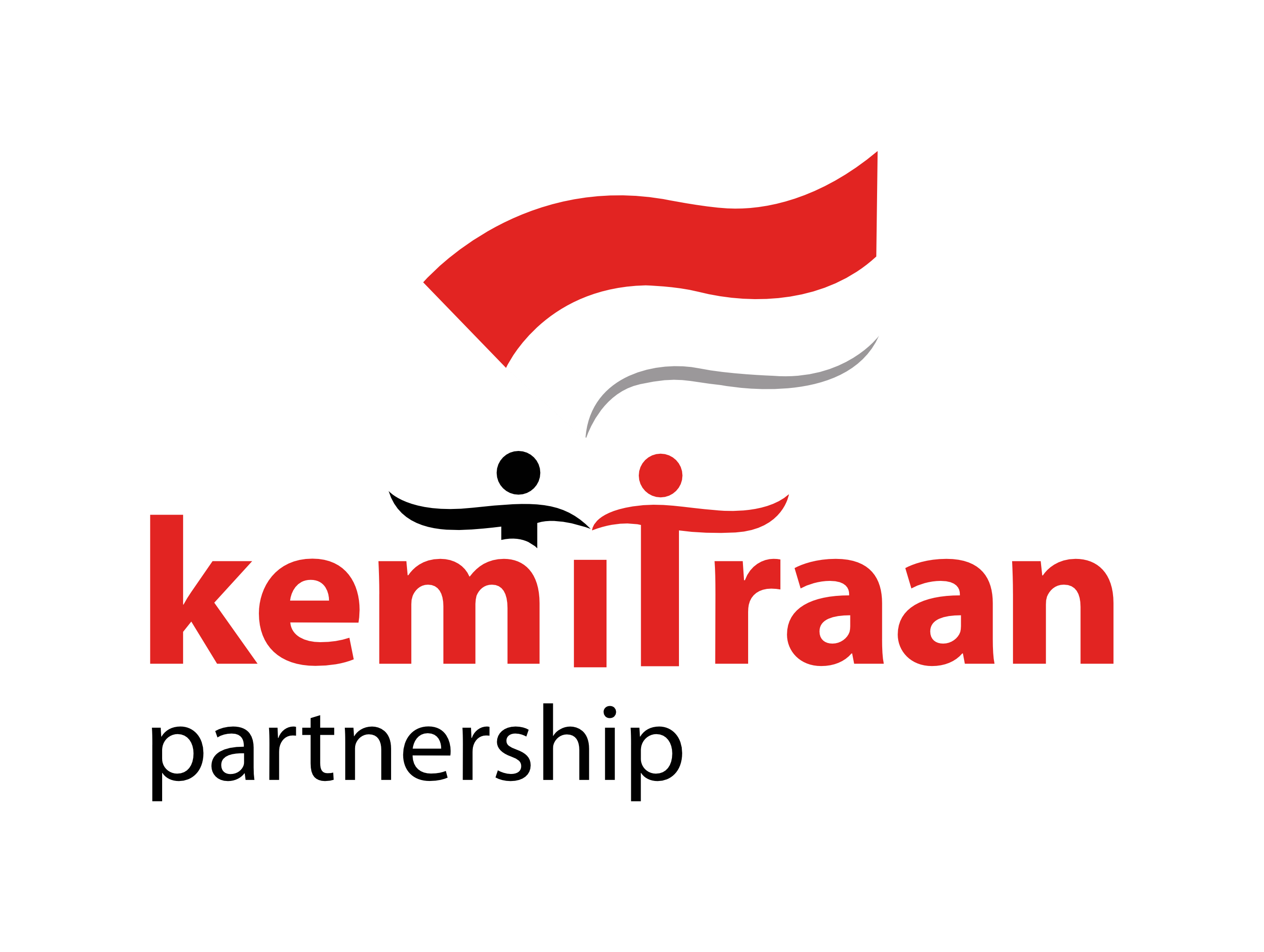INTRODUCTION
On Wednesday, January 17, 2024, at an event organized by KPK inviting presidential and vice presidential candidates, the candidates enthusiastically presented their commitment to corruption prevention and eradication agendas.The same thing was done by the candidates in previous forums. Specifically related to elections, all candidates admitted that they care about the importance of clean and transparent elections, and included this agenda in their vision-mission and work program. [1]
Different words, different deeds. Investigations by various parties, including KEMITRAAN, show that none of the candidates reported the receipt and expenditure of campaign funds correctly and factually. Similar problems were encountered regarding the reporting of legislative candidates. On the other hand, PPATK stated that there were around Rp. 34.1 trillion in suspicious transactions by around 100 candidates and Rp. 195 billion in foreign funds flowing into the accounts of dozens of political parties.
The publication of campaign funds, especially those that are detailed (including the names of donors and the value of donations) is important for several reasons:
First, it ensures that the authorities (e.g. Bawaslu) and the public can monitor the implementation of maximum campaign donation limits (so that no one candidate has an ‘illegal’ advantage over another and to avoid individuals or companies that can exert excessive influence on the election campaign/political process);
Second, it is a means for the public to determine which candidates to vote for, by linking associations and the potential for candidates to take policies or actions in the future that will benefit large donors, either directly, large donors.
Third, ensuring that the authorities and the public can monitor that after voting, elected candidates do not give preferential treatment to large donors, whether in business licensing, procurement of goods/services, or in the process of formulating and implementing policies and regulations.
This lack of compliance (and honesty) by candidates to publish campaign data clearly defeats the purpose of campaign finance restrictions and campaign finance publication.
PRELIMINARY FINDINGS
- Candidates Do Not Carry Out Reporting Obligations Honestly, Seriously and Timely
Fund Receipt Report
In KEMITRAAN’s search on January 15, 2024 through the KPU SIKADEKA portal, reports on the amount of campaign funds received by candidates from November 24, 2023 to January 15, 2024 are as follows:
Table 1:
Report of the Presidential Candidate regarding the Receipt of Campaign Funds (SIKADEKA)
(SIKADEKA, January 15, 2024)
| Candidates | Revenue |
| Anies-Imin | Rp 2.6 billion |
| Prabowo-Gibran | Rp. 33.4 billion |
| Ganjar-Mahfud | Rp 91.8 million |
The revenue data should have included all campaign funds, whether donations in the form of money, goods or services (Article 9 of KPU Regulation No. 18/2023 concerning General Election Campaign Funds. The reports of the amount of funds received above are strongly suspected to be very far from what they actually are for several reasons.
First, in the previous election, e.g. 2019, the total campaign funds claimed to be received by Jokowi and Prabowo reported to the KPU during the campaign period was IDR 820 billion (figure 1).

Comparison of Presidential / Vice Presidential Candidate Revenue
If we compare the above data with the amount of campaign funds claimed to have been collected by the candidates and reported to the KPU above until January 15, 2024 (i.e. less than 1 month from the campaign period), then, assuming that in 2024 the total number of donors of all candidates is at least the same as in 2019, then at least the total revenue of all candidates should have reached Rp. 505.3 billion (see figure 2). So there is a gap of around IDR 377 billion between the 2019 and 2024 experience (figure 2). That is if we assume that in 2019 all candidates reported their receipts correctly.

Figure 3. Comparison of Campaign Funds Received by Candidates in 2024 with 2019
Second, the costs incurred by the majority of candidates, at least for campaigns through social media in the META group alone (Table 2) exceed the amount of funds received that have been reported by the candidates (Table 1 (see further explanation in the next section).
Third, on the face of it, considering the number and scope of campaign activities, as well as the props used, it is unlikely that these costs (except, perhaps for Paslon Ganjar-Mahfud), were lower than the amount of funds they received. It is possible that some of these expenditures were directly “paid” by the candidates’ supporters and not reported to the candidates/proposal teams, making it difficult to record (for example, by making and installing support banners themselves). However, some (most?) of these expenditures are something that is very reasonable for the candidate/team to know.
Expenditure Report vs Reality
The number of expenditure reports up to January 15, 2024 is still relatively small, as shown in Table 2 below.
Table 2:
Candidate Reports on Campaign Fund Expenditures
(SIKADEKA, January 15, 2024)
| Candidates | Expenses | Description |
| Anies-Imin | Rp. 145 million | Data portal SIKADEKA per tanggal 15 Januari 2024 (pukul 09.00), mencatat pengeluaran Anies-Imin sebesar Rp. 145 juta. Namun pada tanggal 17 Januari 2024, data tersebut berubah menjadi 0. |
| Prabowo-Gibran | Rp. 28.8 billiob | Mayoritas pengeluaran terkait jasa (bukan uang) |
| Ganjar-Mahfud | Rp. 0.001 billion (Rp. 650,000) | Pengeluaran ganjar terkait biaya administrasi bank |
On the other hand, as mentioned, the candidate pairs have carried out various campaign activities which clearly incur costs.
In addition, based on public data obtained by KEMITRAAN from the Meta social media group (which accommodates Facebook and Instagram), during the period October 12, 2023 to January 9, 2024 alone, the total advertising expenditure on the two social media from all candidate pairs was at least IDR 1.6 billion.[2] The breakdown of advertising costs from the official accounts of each candidate pair is as follows: Anies Rp 4 million, Prabowo Rp 1.2 billion and Ganjar Rp 402 million.
In addition to the advertising costs incurred by the candidates on their official accounts, there were advertising costs of nearly Rp. 3 billion incurred by other parties supporting/associated with the candidates’ campaigns. It is strongly suspected that all of the above costs (both through the candidates’ official accounts and ‘endorsements’), were not reported by the candidates (with the exception, perhaps, of Anies, who reported spending Rp. 145 million).

- Problems with the Publication of Campaign Fund Reports
Another problem that has been noted is related to the transparency of the publication of campaign finance reports. The data published by the KPU, at least until today, is only aggregate data from donor data (both individuals and companies). The public does not know, for example, who made donations and how much donations were given.
This practice is different from the 2019 elections where the KPU published the names and amounts of each contributor, albeit in pdf/picture form. Even more concerning, Bawaslu, as the party that has the duty to oversee the election (including to ensure that no donations exceed the specified limit), claimed not to have been given access by the KPU to obtain the detailed data (Kompas, January 17, 2024).
The KPU has stated that the publication of detailed data on campaign donors violates the right to privacy guaranteed in the Personal Data Protection Law. This should be asked to the KPU, looking at the premise of why the Election Law requires information on the identity of donors. One of them is to prevent the risk of illegal campaign fund flows, including the source of campaign funds and unlawful means. In many countries that uphold privacy guarantees, donor data is excluded from the right to privacy.
The above practice makes the important objectives of campaign finance reporting obligations (accountability for meeting the maximum contribution limit, preventing elected candidates from giving preferential treatment to large donors, and helping voters determine more suitable candidates) lose meaning.
THE CALL
Demand the presidential and vice presidential candidates and their supporting political parties to seriously report all their revenues and expenditures in accordance with existing regulations and their political promises.
Demand the KPU to publish in detail the receipts and expenditures of presidential and vice presidential candidates. Especially for donors, it must be announced in detail, at least, the names and donors and the value of their donations.
Demand BAWASLU to be more serious in monitoring the truth of the income and expenditure reports and enforcing the law firmly and consistently, indiscriminately.
Encourage the public to make the sincerity of the candidates to encourage clean, integrity and open elections, namely through the implementation of correct and consistent reporting obligations, as one of the measures in determining which candidates to vote for.
In the future, the government, DPR and KPU should strengthen regulations and policies related to campaign funds, among others:
Regulate the KPU’s obligation to publish detailed receipts and expenditures of candidates. Particularly for donors, it is mandatory to publish the names of donors and the value of their donations.
Regulate the obligation for parties that generally provide certain goods/services for the implementation of the campaign, for example media (such as Google and TikTok) to publish advertising costs incurred by candidates in their media.
Set sanctions for presidential candidates who do not report correctly and routinely.
Clarify the procedures for filling in and changing data, to ensure accountability.
[1] See the visions and missions of Anies-Imin (page 85), Prabowo-Ganjar (page 66) and Ganjar-Mahfud. Even Ganjar_Mahfud’s vision-mission, which is the most comprehensive in this aspect, launches a program to monitor the implementation of rules requiring the publication of the Campaign Fund Contribution Receipt Report (LPSDK) and strengthening the rational campaign contribution and expenditure limitation scheme followed by strict law enforcement against violations of campaign cost limits (pp. 129 and 135).
[2] Meta provides public access to know the advertising costs incurred by individuals or companies. However, the categories of advertisement types published are relatively general, for example “social issues, elections or politics” in Indonesia. There is nothing specific about elections.






